FODMAPs (which stands for Fermentable Oligosaccharides, Disaccharides, Monosaccharides, and Polyols) are fermentable carbohydrates that can cause gastrointestinal symptoms like gas, bloating, and abdominal pain in some people with irritable bowel syndrome (IBS).
The low FODMAP diet involves temporarily limiting the highest-FODMAP foods to help relieve symptoms and determine which (if any) FODMAPs are triggering the digestive discomfort. Sweeteners can be especially tricky because many (like honey and high-fructose corn syrup) are naturally high in FODMAPs and can trigger symptoms even when eaten in small amounts.
This article will provide an overview of sweetener options that can be included on a low FODMAP diet, which sweeteners to avoid, and tips for choosing a sweetener that works for you.

What Are FODMAPs and Why Do They Matter?
FODMAPs are short-chain carbohydrates that are poorly absorbed in the small intestine. When they reach the large intestine intact, they draw in water and are rapidly fermented by your gut bacteria. This can trigger IBS symptoms like gas and bloating, abdominal pain, and changes in bowel movements.
There are five FODMAP categories:
- Fructans
- Galacto-oligosaccharides (GOS)
- Lactose
- Excess fructose
- Polyols (also known as sugar alcohols)
Some people with a FODMAP intolerance (like people with IBS) try the low FODMAP diet to get relief from their symptoms and figure out which FODMAP categories are triggers. The low FODMAP diet has three phases: Elimination, reintroduction, and maintenance. It's important to systematically reintroduce high FODMAP foods so you can determine your specific triggers. This will enable you to expand your diet and avoid unnecessary restriction.
Not sure if the diet will be right for you? Learn what to expect starting a low-FODMAP diet in our beginner’s guide to low-FODMAP eating.
Low FODMAP Sweeteners You Can Enjoy
When it comes to sweeteners, the main FODMAPs that can cause digestive problems are excess fructose and polyols. However, many sweeteners also contain fructans, which can trigger symptoms in people with fructan intolerance.
It's important to note that sweeteners with equal amounts of glucose and fructose are usually well tolerated by people with a FODMAP intolerance. Only when fructose is present in excess of glucose do we start to see issues with fructose malabsorption.
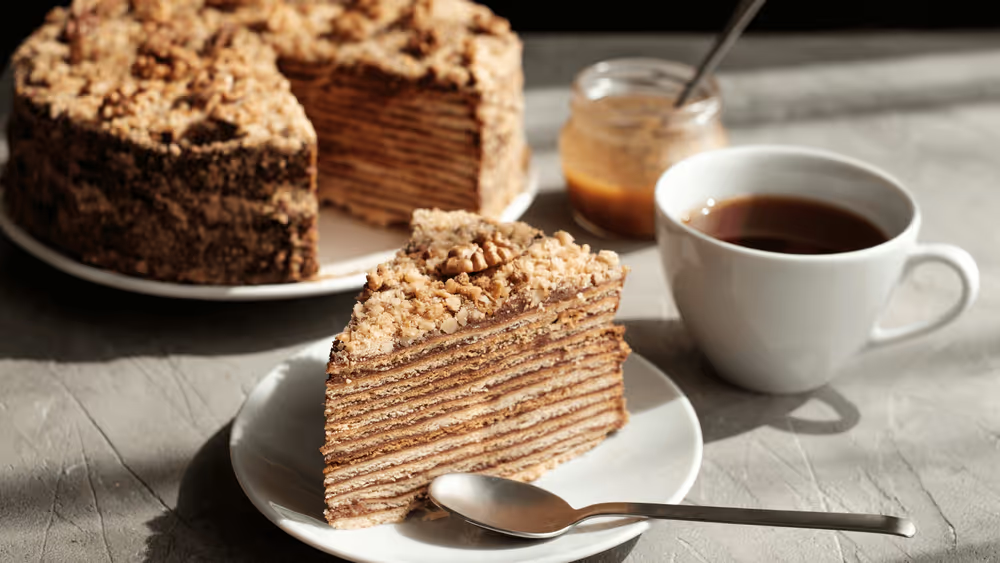
Here are 19 sweetener options that you can enjoy on the low FODMAP diet.
Acesulfame-K
Acesulfame-K is a calorie-free sweetener that hasn't been tested for FODMAP content, but is believed to be low FODMAP. It's about 200 times sweeter than table sugar, and is sold under the brand names Sunett and Sweet One.
Allulose
Allulose is a monosaccharide (simple sugar) found naturally in small amounts in foods like figs and raisins. It's absorbed in the small intestine, but it doesn't get turned into energy. This makes it a popular calorie-free sweetener. While it hasn't been tested, it's generally considered to be low FODMAP.
Aspartame
Aspartame is another calorie-free sweetener that hasn't been tested, but is believed to be low FODMAP. It's about 200 times sweeter than table sugar and is sold under the brand names Equal and NutraSweet. While most people can consume aspartame with no issues, people with phenylketonuria (PKU) need to avoid it because it gets converted into phenylalanine in the gut.
Brown Sugar
Brown sugar is made from white sugar with molasses added and is low FODMAP up to ¼ cup. While molasses is considered a high FODMAP sweetener, brown sugar is considered low FODMAP when eaten in the recommended serving size.
Beet Sugar
Beet sugar is made by extracting the sugar from sugar beets. It's about as sweet as table sugar and is considered low FODMAP.
Demerara Sugar
Demerara sugar is similar to table sugar but is more minimally refined and has larger crystals. It's low FODMAP up to ⅓ cup. After that, it becomes moderate in excess fructose. However, it's unlikely that you'd eat such a large serving size in one sitting, so it can be considered low FODMAP.
Dextrose
Dextrose is another name for glucose, a type of monosaccharide (simple sugar). It's derived from corn or wheat starch using enzymes. It's considered low FODMAP, so it's a good option for those still in the elimination phase of the low FODMAP diet.
Glucose Syrup
Glucose syrup is made by breaking starch (a type of oligosaccharide) down into individual glucose units via a process called hydrolysis (a chemical reaction where water is used to break a larger molecule into smaller parts). It's considered low FODMAP.
Icing Sugar
Icing sugar, also known as confectioner's sugar, is finely ground white sugar, often with cornstarch added to create the powder-like consistency and prevent caking. It's low FODMAP up to 1 tablespoon.
Maple Sugar
Maple sugar is made by dehydrating maple syrup. It's low FODMAP up to 8 teaspoons, so it's a good option for baking or sweetening your tea or coffee.
Monk Fruit Extract
Monk fruit extract (also known as luo han guo extract) is a calorie-free sweetener that has recently become more popular. It hasn't been tested for FODMAP content, but is believed to be low FODMAP. It's about 100 to 250 times sweeter than table sugar, so a little goes a long way!
Palm Sugar
Palm sugar is made from the sap of palm tree flowers, which are boiled and crystallized to extract the sugar. It's low FODMAP up to ¼ cup, making it another good option for baking or sweetening tea and coffee.
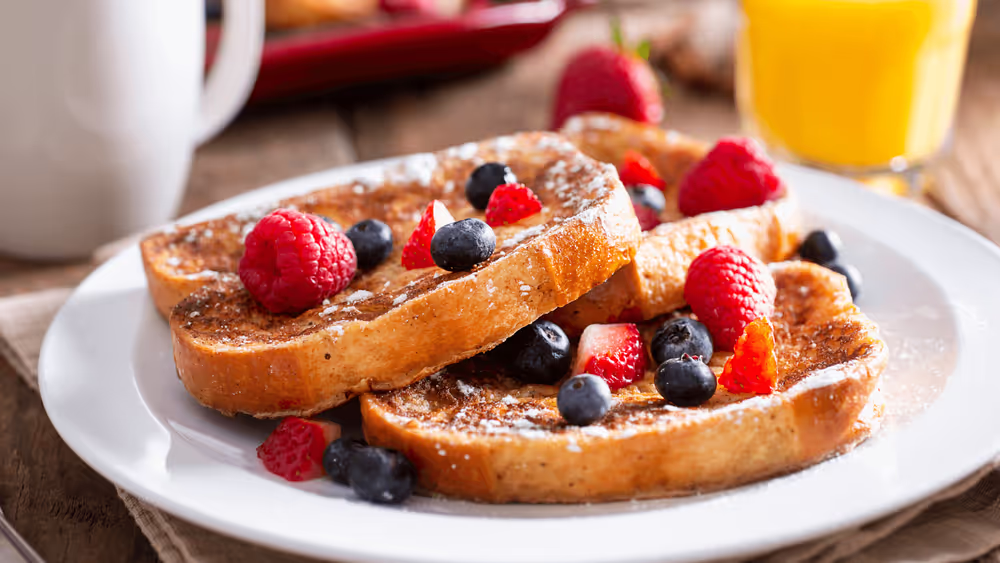
Pure Maple Syrup
Maple syrup is made by boiling the sap from maple trees to concentrate the sugars. It's a popular low FODMAP sweetener, and is low FODMAP up to 2 tablespoons. It works well as a substitute for honey (which is high FODMAP) in baking and cooking. Enjoy it in our recipe for French Toast with Strawberries.
Raw Sugar
Raw sugar is partially refined cane sugar with some molasses added. It's slightly less sweet than table sugar and is low FODMAP up to ¼ cup.
Rice Malt Syrup
Rice malt syrup is made by fermenting cooked rice with enzymes to break the starch down into sugars. It's considerably less sweet than other syrups, so it's a good option if you don't like things extremely sweet. It's low FODMAP up to 1 tablespoon.
Saccharin
Saccharin is a calorie-free sweetener that's about 200 to 700 times sweeter than table sugar. It's sold under the brand names Sweet'N Low, Sweet Twin, and Sugar Twin. While it hasn't been tested, it's believed to be low FODMAP.
Stevia
Stevia is a natural, calorie-free sweetener made by extracting rebaudiosides from the stevia plant. It's also called Reb-A or stevioside, and is sold under the brand names Truvia, Stevia in the Raw, PureVia, SweetLeaf, and Enliten. It's low FODMAP up to 2 teaspoons (but it's unlikely you'd use that much, as it's about 200 to 400 times sweeter than table sugar).
Sucralose
Like many artificial, calorie-free sweeteners, sucralose has not been tested, but is believed to be low FODMAP. It's sold under the brand name Splenda and is a derivative of sucrose (table sugar). It's about 600 times sweeter than table sugar, so you don't need much!
White Sugar
White sugar (also known as table sugar) is made from refined sugar cane or sugar beets. It's low FODMAP up to ¼ cup.

High FODMAP Sweeteners to Avoid
Most sweeteners you need to avoid on the low FODMAP diet are high in excess fructose. However, some are also high in fructans, some contain both, and some artificial sweeteners contain polyols. We've indicated which sweeteners contain each type of FODMAP so that when you move onto the maintenance phase of the diet, you can include the ones that don't bother you.
Agave Syrup
Agave syrup is made by breaking the carbohydrates in the agave plant into fructose. Both light and dark agave syrups are high in excess fructose and fructans at a one-tablespoon serving size. While agave syrup is technically low FODMAP at one teaspoon per serving, it's generally best to avoid it during the elimination phase.
Agave syrup is found in many foods, including granola bars, some sweetened yogurts, drinks, baked goods, and "natural" or vegan desserts. If you're unsure whether something contains agave syrup, check the ingredient list.
Apple Syrup
Apple syrup is made by boiling apple juice down to form a syrup. Like apples, it's high in excess fructose. It's found in fruit snacks, certain cereals, baked goods, baby foods, and some "no sugar added" products.
Barley Malt Syrup
Barley malt syrup is made by soaking sprouted barley, then drying it, mashing it, and cooking it down into a thick syrup. It's high in fructans at a one-tablespoon serving size. It's technically low FODMAP at a ⅓ tablespoon serving size, but since it's hard to tell how much has been added to foods like breads, malted milk, some cereals and energy bars, and pretzels, it's best to avoid foods with this on the ingredient list during the elimination phase.
Coconut Sugar
Coconut sugar is made by boiling the sap from coconut palm flowers and drying it into crystals. It's high in fructans at a three-teaspoon serving size. It's low FODMAP at small serving sizes of one teaspoon, so you may tolerate it if you only add a small amount to sweeten your tea or coffee. However, it's also frequently found in paleo and vegan baked goods, granola, energy bites, and specialty chocolate. Since it's tricky to know how much was added to these foods, it's best to avoid foods with coconut sugar on the ingredient list during the elimination phase.
Golden Syrup
Golden syrup is an inverted sugar syrup made from sugar cane or beet sugar. It's high in fructans at a serving size of one tablespoon. It's low FODMAP at a one-teaspoon serving size, but generally, it's best to avoid it during the elimination phase.
Golden syrup is less commonly used in North America, but it's frequently an ingredient in British baked goods and candies. Keep this in mind if you're traveling, as you may need to avoid certain foods that you wouldn't typically need to eliminate in North America.

High-Fructose Corn Syrup
While regular corn syrup contains mainly glucose and is therefore low FODMAP, high-fructose corn syrup (HFCS) is made by enzymatically treating corn starch to convert the glucose into fructose. It's high FODMAP due to the excess fructose, and is commonly found in processed foods like sodas, sweetened cereals, flavored yogurts, condiments (like ketchup and BBQ sauce), and baked goods.
Honey
Honey is high in excess fructose and moderate in fructans at one-tablespoon serving sizes. While it's technically low FODMAP in ½ teaspoon serving sizes, it's generally best to avoid it during the elimination phase.
Honey is commonly found in cereals, granola, sauces, dressings, marinades, and health bars. If honey is on the ingredient list, it's best to avoid that food until you've reached the maintenance phase of the low FODMAP diet.
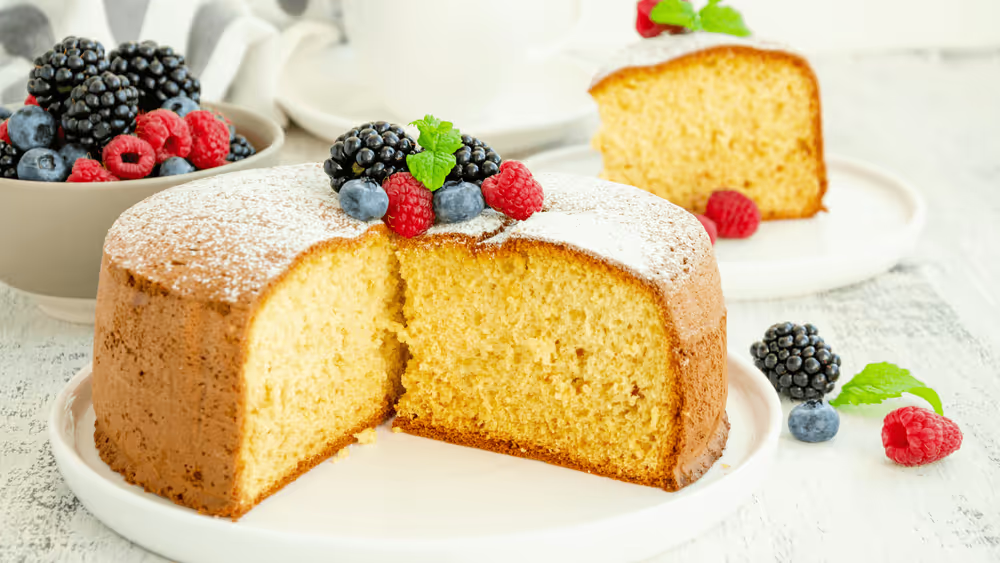
Molasses
Molasses is a byproduct of sugar production and is the syrup left over once the sugar crystals have been removed. It's high in excess fructose and fructans at a one-tablespoon serving size. It's considered low FODMAP at one-teaspoon serving sizes, but it's generally best to avoid it during the elimination phase of the low FODMAP diet. It's commonly found in foods like gingerbread, baked beans, BBQ sauce, and dark rye bread.
Sorghum Syrup
Sorghum syrup is made by boiling the juice from sweet sorghum cane into a thick syrup. It's high in fructans at a one-tablespoon serving size, but is considered low FODMAP at two-teaspoon serving sizes. However, since it's hard to know how much has been added to foods like biscuits, cornbread, glazes, and old-fashioned baked goods, it's best to avoid foods with this on the ingredient list during the elimination phase.
Sugar Alcohols
The sugar alcohols (also known as polyols), sorbitol, xylitol, mannitol, maltitol, and isomalt are all high FODMAP. Erythritol is untested for FODMAPs, but it's absorbed better in the small intestine than other sugar alcohols, so it's less likely to trigger digestive problems.
Sugar alcohols are commonly found in sugar-free gum, candies, cough lozenges, protein bars, baked goods, and keto products. Sorbitol is also naturally in stone fruits, apples, and pears, while mannitol is found in many mushroom varieties, rutabaga, celery, and watermelon.
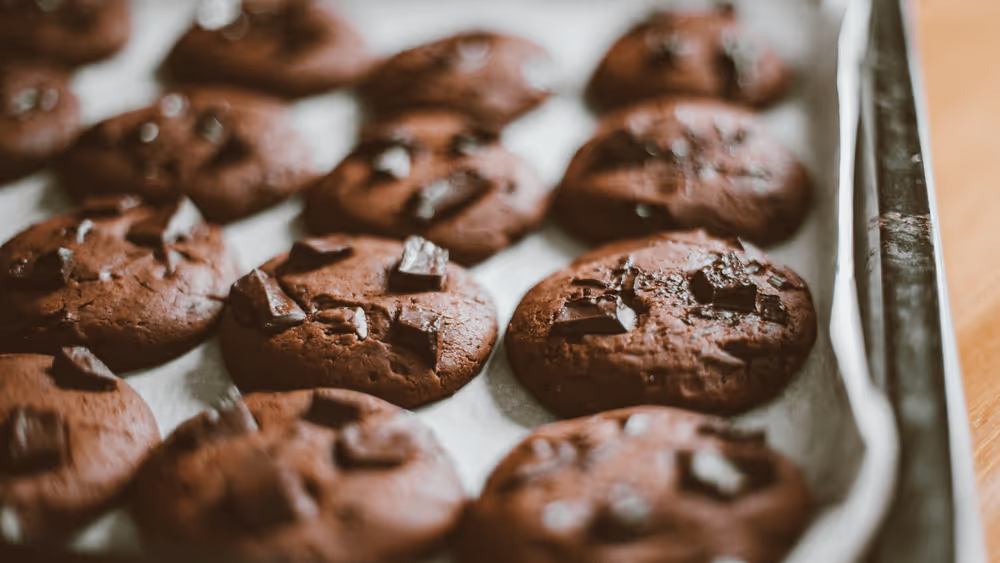
How to Choose the Right Sweeteners on a Low FODMAP Diet
Sweeteners typically fall into two categories: Nutritive (which contain calories) and non-nutritive (which do not contain calories). Within these categories, there are natural sweeteners (like maple syrup and stevia), artificial sweeteners (like aspartame and sucralose), and sugar alcohols (like sorbitol and xylitol).
Since sweeteners with calories often produce a significant blood sugar spike (especially if not consumed in the context of a meal), people with conditions related to blood sugar management (like diabetes, prediabetes, and polycystic ovary syndrome) may choose to limit nutritive sweeteners in favor of non-nutritive sweeteners.
People concerned about their dental health may choose to use sweeteners like stevia, aspartame, and xylitol, which do not cause cavities. In contrast, athletes who need simple sugars to fuel their performance (such as endurance athletes who need to take in carbohydrates while they're training or competing) may prefer nutritive sweeteners like maple syrup, which provide the simple carbohydrates needed to fuel their physical activity.

At the end of the day, many different factors can affect which sweetener is best for you. If you're not sure which one to choose, consider working with a registered dietitian who can make personalized lifestyle and recipe recommendations based on your individual needs. Choosing the right sweetener for you will likely be just one of many challenges you’ll face on a low FODMAP diet.
Making Low FODMAP Sweeteners Work for You
Navigating sweeteners on a low FODMAP diet doesn't need to feel restrictive. With so many gut-friendly options available, you can still enjoy a sweet treat every now and then (even on date night!). The key is knowing which sweeteners work best for you, and remembering that everyone's tolerance is different. Start with small amounts, listen to your body, and choose low FODMAP sweeteners that support your digestion and lifestyle.
And for sweeteners that are high in fructans, digestive enzyme supplements like FODZYME can help break down the fructans, allowing you to reintroduce FODMAPs and make your diet even more flexible. Try it today.
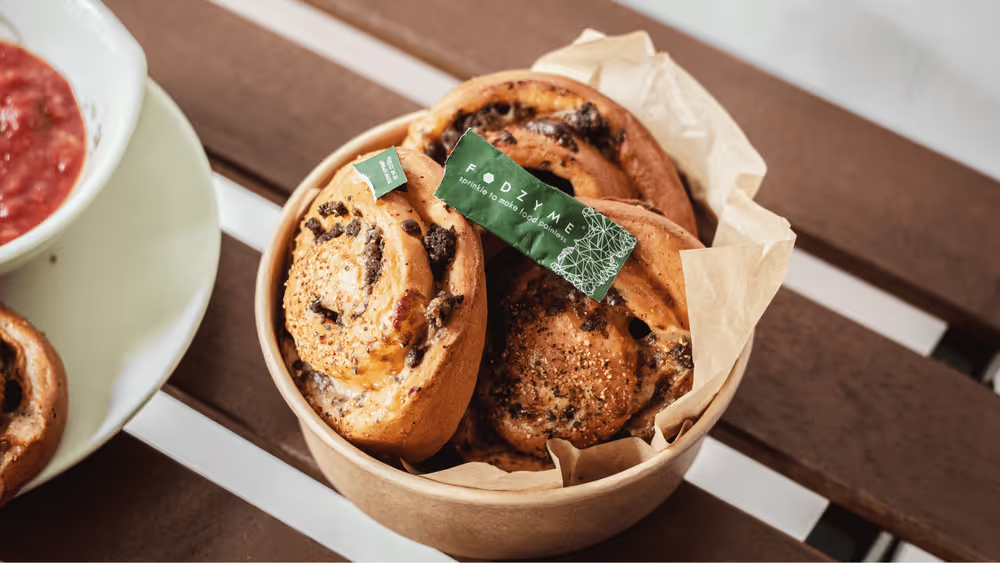


 Sarah Glinski, RD
Sarah Glinski, RD